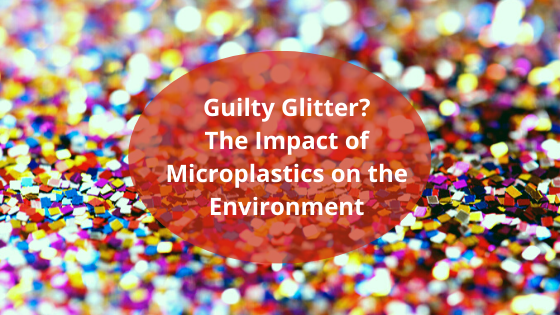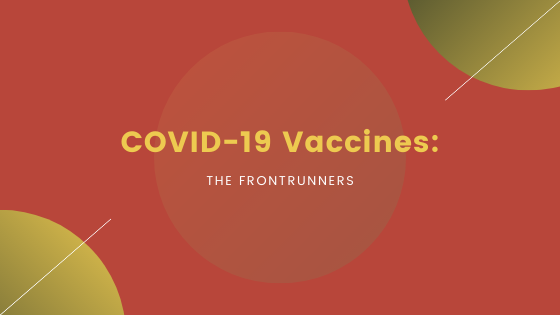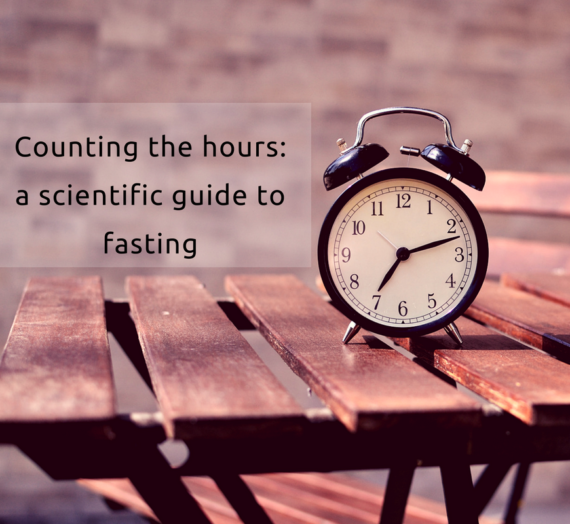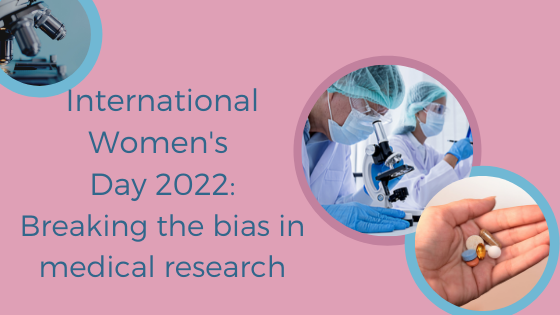It’s holiday season and that can only mean one thing – a surge in the use of single-use plastics! We all know that plastic isn’t good for the environment, but how much do we know about microplastics and the damage they can cause? As Christmas is a time for sequins and sparkles, we thought we’d explore the impact of glitter and other plastics on the natural world.
What are microplastics?
Microplastics are, as the name might suggest, very small pieces of plastic. They are not a specific type of plastic but instead can be defined as any plastic fragment under 5 mm long. There are two general classifications for describing microplastics: primary microplastics, which exist as 5 mm pieces before entering the wider environment, and secondary microplastics which originate from the degradation of larger pieces of plastics. However, the presence of neither of these is good news for the environment.
Why are they bad?
We all know that plastics are polluting our oceans, but when they exist as microplastics, the problem gets even more complicated. Because they are so small, they are readily consumed by marine animals such as turtles and fish, either passively swallowing them whilst swimming, or mistaking them for fragments of food. This causes problems in their digestive systems, with plastics often forming blockages and, in some cases, leading the animals to starve to death. Even if animals aren’t directly eating microplastics, they will more than likely end up consuming them in another way; zooplankton will often feed upon microplastics, and in turn, are eaten by larger creatures, ensuring the chain of plastic carries on. Zooplankton are extremely important in marine environments, providing the basis of the majority of food chains, and if they are eating too much plastic, they are not able to consume enough real food (phytoplankton – which get their energy from photosynthesis), hence are more likely to die, which, on a large scale, could cause a catastrophic ecological collapse.

Digestive problems are not the only trouble caused by ocean microplastics. The small fragments of plastics are magnets for pathogenic organisms to attach to, and then be transferred into more host animals as the plastics are eaten, causing increased transmission of infectious diseases. Microplastics can also emit harmful chemicals such as Bisphenol-A (BPA) and Polybrominated diphenyl ethers (PBDEs), both of which are believed to disrupt normal hormonal functions, potentially leading to several detrimental effects, including reproductive issues, developmental problems, and even the formation of tumours.
What are they found in?
We know that secondary microplastics come from the breakdown of bigger plastic products, but what about the primary microplastics, those that are already small before entering the ecosystem?
One of the major culprits is the microbead; solid pieces of plastic measuring less than a millimetre in length, and are rife throughout the cosmetics industry. Shower gels, exfoliators, moisturisers, make-up and even toothpaste are all common sources of microbeads, which, after use, get washed down the drain and make their way to the sea.

But its not just beauty and hygiene products that contain microplastics; paint, tea bags, and even fibres from clothing have all been found guilty as sources of the tiny plastic fragments. At this time of year, another source, in particular, is going to play havoc with the environment: glitter. Glitter is found on pretty much every Christmas card, gift box, wrapping paper set that you’ll come across in the shops, or even in the gifts themselves (glitter eyeshadow, bathing products containing glitter), so whilst it is very hard to avoid, it is worth bearing in mind during your Christmas shopping.
What are the alternatives?
The number one way to stop microplastics polluting the ocean is simply to stop using it, but as we all know, that isn’t easy because they come from practically everything we use. Minimizing our use of plastics is always a good thing, although not always easy, but do try to keep an eye out for plastic ingredients when shopping; look out for things like Polyethylene (PE), Methacrylate Copolymer, and Nylon, and if possible, look for alternatives without these pesky microplastics.
Beat The Microbead has created a handy product search where you can check if your favourite products contain high, medium, or zero microplastics, check it out here.
Nobody can be blamed for wanting a bit of sparkle this holiday season, and luckily, eco-friendly glitter is on the rise; check out Eco Glitter Fun and Eco Stardust for some guilt-free glitz.
Lastly, the good news is that the UK has banned plastic microbeads, but it’ll take a while for the effects of the ban to be seen, as people may still be using products that contain microplastics. Here is a list of all current plastic related petitions to the UK government, plus another demanding a ban on BPA in food packaging. Get signing and sharing!




